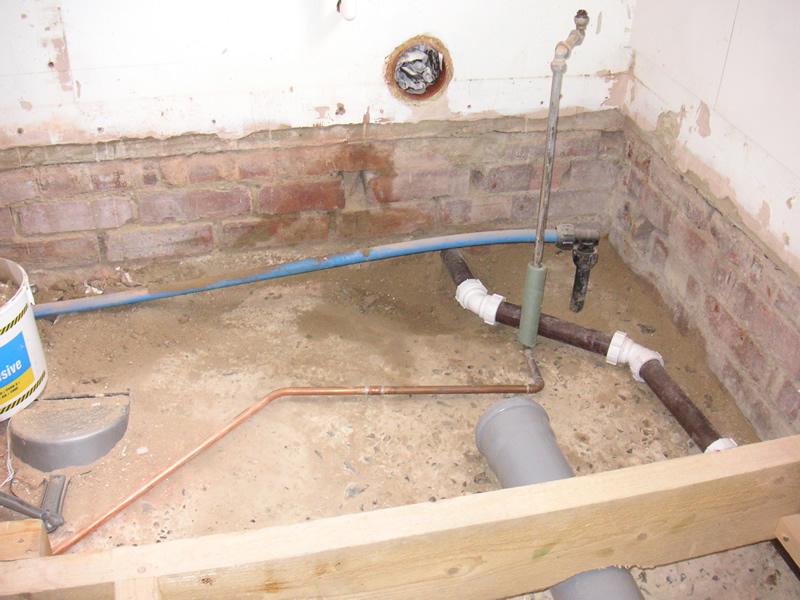I need to move an existing outside tap by about 6 feet. It looks like its piped in lead right up to the tap.
I've dug right down and found the t-piece where it branches off the main supply pipe. I just need to cut it off on the branch and extend it to the new location.
Is this best done in Copper? Or should it be MDPE underground then to Copper over ground?
What is the best way to make a suitable join between the existing lead pipe and whatever I put in place for the extension?
I've dug right down and found the t-piece where it branches off the main supply pipe. I just need to cut it off on the branch and extend it to the new location.
Is this best done in Copper? Or should it be MDPE underground then to Copper over ground?
What is the best way to make a suitable join between the existing lead pipe and whatever I put in place for the extension?


